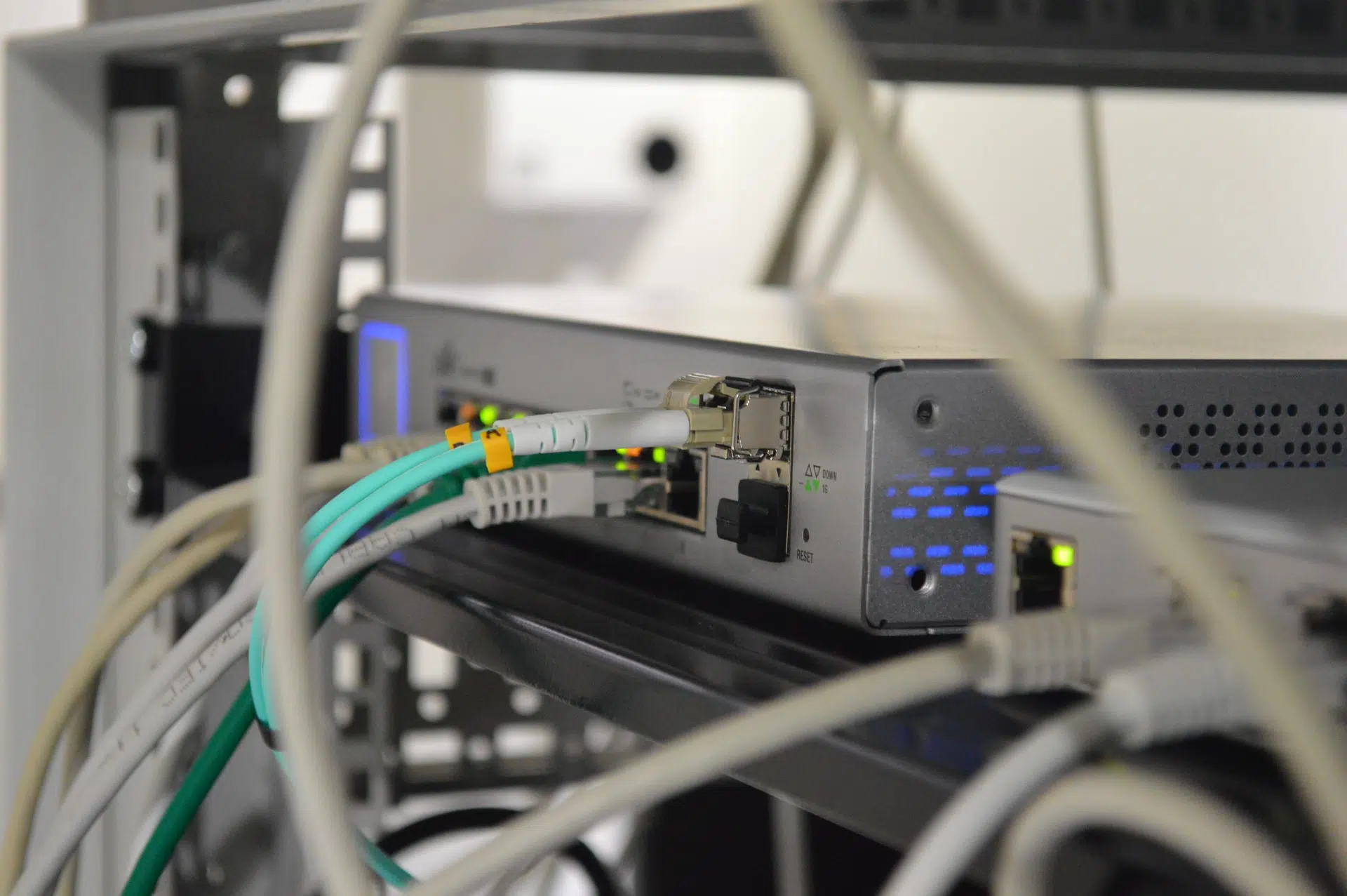
CC / Thomas Jensen
In national rankings, Wisconsin has not always fared well in closing the digital divide, especially in rural areas, but advocates of the new federal infrastructure plan say now that it’s a ‘go,’ the state can build on efforts to connect more families to internet service. Leading up to the infrastructure bill’s passage, the White House noted Wisconsin will receive at least $100 million to help with broadband gaps, with the possibility of more money based on need.
Meghan Roh, program director for Opportunity Wisconsin, predicted it will help carve out brighter futures for many households. “Whether it’s going to school or working from home, running small businesses, we know that access to high-speed internet is crucial to ensuring Wisconsin workers, families and communities bounce back from the COVID-19 pandemic even better than they were before,” Roh asserted.
The federal investment comes on top of the latest state grants announced by Gov. Tony Evers this month to increase access. According to federal officials, more than 5% of Wisconsin residents live in broadband infrastructure “deserts,” and 14% of households don’t have an internet subscription. Roh pointed out aside from adding more equipment to connect communities, there is also funding to help people afford high-speed internet. “Even where there is infrastructure, broadband may be too expensive to be within reach,” Roh observed. “And so, accessibility and affordability is a crucial part in order to make sure this is successful.”
In Wisconsin, the average monthly cable and internet bill is close to $120.
As for other elements of the infrastructure bill, Roh noted repairs to roads and bridges will produce good-paying union jobs that should help Wisconsin communities flourish. The bill’s recent passage comes as Congress still tries to hammer out a broader public spending package known as Build Back Better. Some lawmakers insist the plan is too costly, but supporters argue it will be spread out over a decade.









